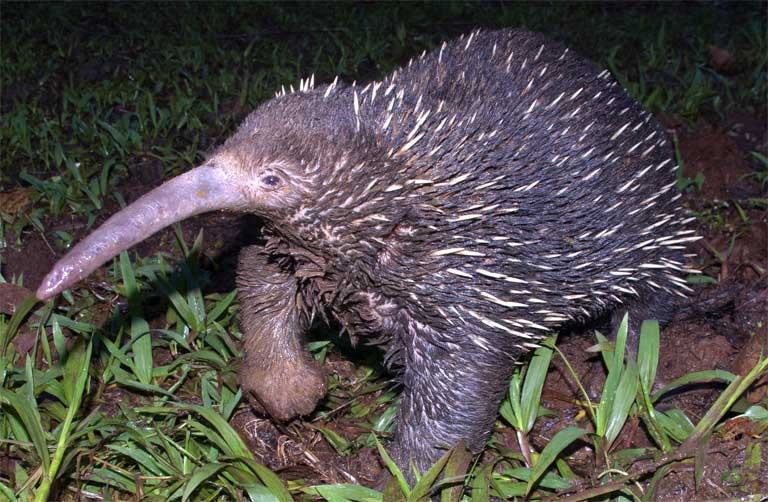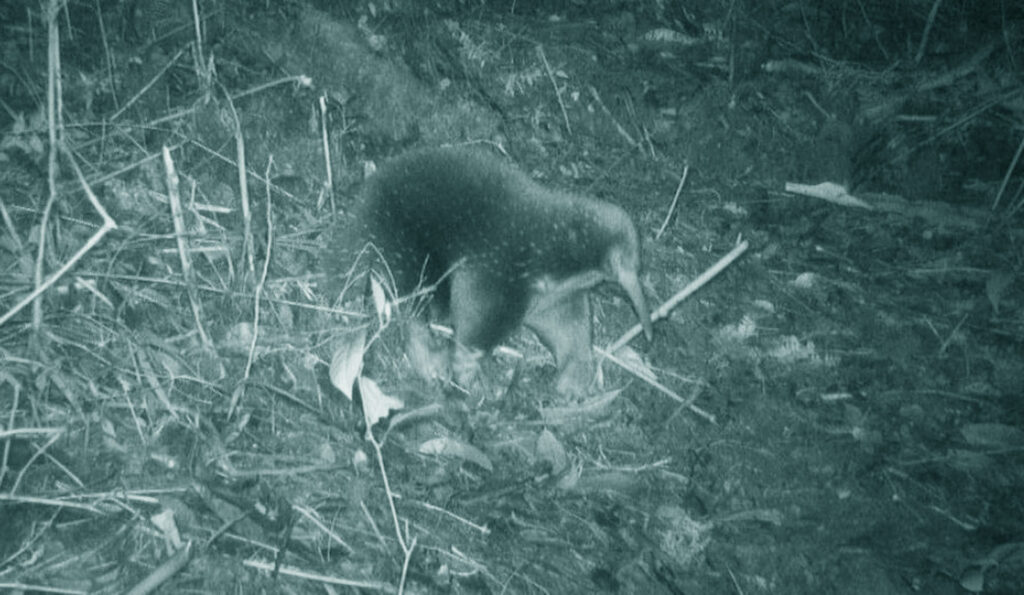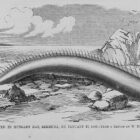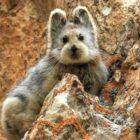What is the Attenborough’s long-beaked echidna?

Attenborough’s Long-Beaked Echidna (Zaglossus attenboroughi) is a fascinating and elusive species that inhabits the remote Cyclops Mountains in Papua Province, Indonesia.
Decades after its last documented sighting, a team of explorers has successfully uncovered the presence of the iconic Attenborough’s long-beaked echidna, named in homage to the esteemed broadcaster Sir David Attenborough. The echidna was finally captured through the lens of remote trail cameras strategically placed in the Cyclops Mountains of Papua Province, Indonesia.
Taxonomy and Classification
Within the monotreme group, echidnas represent a distinctive lineage of egg-laying mammals. Attenborough’s Long-Beaked Echidna is one of three species within the Zaglossus genus, alongside the Western Long-Beaked Echidna (Zaglossus bruijni) and the Sir David’s Long-Beaked Echidna (Zaglossus sp. nov.). The taxonomic relationships and evolutionary history of these echidnas are subjects of ongoing research, contributing to our broader understanding of monotreme diversity.
Morphology and Adaptations
Attenborough’s Long-Beaked Echidna possesses unique morphological characteristics that distinguish it within the echidna family. Notably, it features a long, slender snout and a specialized beak adapted for probing into soil and leaf litter in search of its primary diet—earthworms and insects. The species is further characterized by a dense covering of spines that provides protection from predators.
The elongated tongue of the echidna is equipped with electroreceptors, allowing it to detect the electric signals emitted by its prey. These adaptations showcase the species’ specialized foraging mechanisms, illustrating an intriguing example of coevolution with its environment.
Distribution and Habitat
Attenborough’s Long-Beaked Echidna is restricted to the Cyclops Mountains, a rugged and isolated region within the New Guinea Highlands. This habitat, characterized by montane forests and challenging terrain, adds to the species’ mystique. Unfortunately, this limited distribution also makes the echidna susceptible to habitat destruction, primarily driven by logging, agriculture, and human encroachment.
Behavior
The behavior of Attenborough’s Long-Beaked Echidna is still a subject of ongoing research due to its elusive nature. Observations suggest that these echidnas are primarily solitary animals, and their behavior is influenced by the search for food and suitable breeding sites.
Notoriously difficult to find, echidnas are challenging to locate due to their nocturnal habits, burrow-dwelling lifestyle, and inherent shyness. The species’ interactions with its environment, prey, and potential predators remain areas of exploration for scientists studying this remarkable mammal.
Reproduction Cycle
The reproduction cycle of Attenborough’s Long-Beaked Echidna, like other monotremes, involves unique reproductive strategies. Female echidnas lay eggs, and after a short incubation period, they carry the developing young in a pouch. Unlike marsupials, the pouch is not permanent, and the female eventually releases the offspring into the environment to fend for themselves.
Detailed studies on the reproductive biology of Attenborough’s Long-Beaked Echidna are limited, underscoring the need for further research to better understand the species’ breeding behaviors and reproductive success.

Rediscovery
Attenborough’s long-beaked echidna was recorded by science only once in 1961. This species holds a special place in the realm of monotremes, being one of only five remaining species and acting as the sole guardians of this distinctive branch on the tree of life.
To enhance their chances of capturing images of this rare mammal, the research team led by Dr. James Kempton, a biologist from the University of Oxford, undertook an extensive expedition, deploying over 80 trail cameras, making multiple ascents of the mountains, and climbing over 11,000 meters—surpassing the height of Everest.
Despite nearly four weeks in the forest without recording any signs of the echidna, the team’s perseverance paid off on the last day, capturing the first-ever photographs of Attenborough’s echidna.
The identification of the species was subsequently confirmed by Professor Kristofer Helgen, a mammalogist and chief scientist at the Australian Museum Research Institute (AMRI).
Kempton described Attenborough’s long-beaked echidna as having the spines of a hedgehog, the snout of an anteater, and the feet of a mole. Its distinct appearance reflects its membership in the monotreme group, which diverged from the rest of the mammalian tree-of-life approximately 200 million years ago.
The discovery, a culmination of over three and a half years of planning and hard work, was facilitated by a strong partnership with the YAPPENDA community. Building trust with the inhabitants of Yongsu Sapari, a village on the north coast of the Cyclops Mountains, was fundamental to the expedition’s success.
The community not only shared their knowledge of navigating the treacherous mountains but also permitted research on lands untouched by human feet until then. This collaboration underscores the significance of community engagement in biodiversity research and conservation.
Conservation Status
As of the latest assessment, Attenborough’s Long-Beaked Echidna is classified as “Critically Endangered” on the IUCN Red List. The primary threats to its survival include habitat destruction and fragmentation resulting from human activities. Logging and agricultural expansion pose immediate dangers to the Cyclops Mountains’ ecosystems, putting the echidna’s limited habitat at risk.
Conservation initiatives, informed by research on the species’ ecology and distribution, are crucial for mitigating these threats. Protection of the Cyclops Mountains, sustainable land-use practices, and community involvement are key components of ensuring the long-term survival of Attenborough’s Long-Beaked Echidna.











Your article helped me a lot, is there any more related content? Thanks!